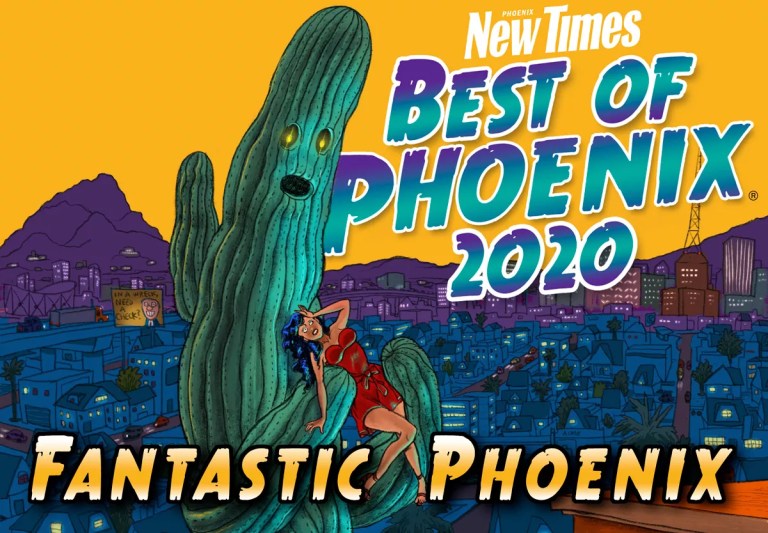Best Home Tour
Modern Phoenix Home Tour
Before Alison King and her husband, Matthew, co-founded the neighborhood network known as Modern Phoenix, many of us were naive to the midcentury architectural wonders to be found in our city. But since 2004, the Kings and their colleagues have enlightened us with their annual self-guided home tour, fostering citywide appreciation of Phoenix architecture with a week’s worth of seminars and events. Unlike most historic home tours, Modern Phoenix’s provides post-tour articles, research, and other resources for students and fans of Phoenix’s architectural record. Plus, you get to tour gorgeous old homes. Being in the know is seldom this much fun.

